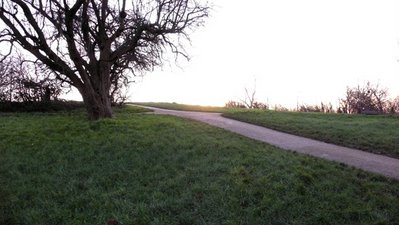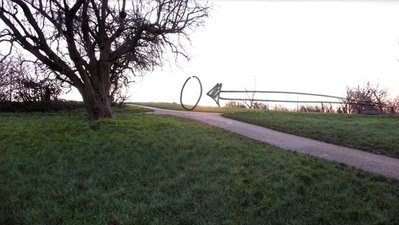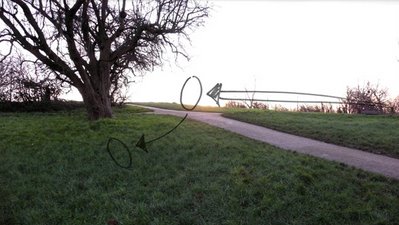I looked forward to returning from the holidays ready to begin revising the outline. Unfortunately, I picked up a cold in Berlin so my I worked much slower than I would like.
Still, I did manage to begin transcribing some of the improvisations, removed a few scenes, and wrote several new ones (and in Berlin I did come up two short scripts as well).
Part 1 (Sophie): rewrote two scenes which were left-overs from previous versions. They had their place there, but not in this version. The new scenes:
Party. Paul and Sophie. Some simple images: Paul in groups, bored, distracted, looking to Sophie.
Sophie, in groups, engaged, interested. And never looking for Paul.
The way home. Paul, jealous, angry, confused. He can't really get angry because it seems so petty, but he realises that she is drifting away.
Sophie decides to give him a chance to understand. She stops the cab they are traveling in. They are in the middle of nowhere. She wants to get out and walk. She asks Paul to come with her. She just wants to know what may happen. But Paul does not understand, or understands enough that he is not capable of going with her.
These scenes also make what Sophie wants clearer as well.
I also added several of the
everyday scenes that the actors conceived in the workshop. Two of them came from Scene 4. This is a dinner scene where Paul and Sophie first broach the issue that is causing Sophie to pull away from Paul: chance versus destiny.
We created two out scenes from Scene 4.
One was to see Paul washing the dishes and pots. This is a man in control. And this night more than ever he needs to control events, even if it is only the pots and pans.
This is mainly a moment of reflection.
The other scene is Sophie preparing for bed: she enters the bedroom and fills a glass with water on both sides of the bed (Paul and Sophie).
There is less reflection here. More a sense of how repeated events carry us through difficult times.
I was interested in both of these scenes in how they are filled by the characters. I thought of them as barometers of where the characters are at that moment, between their interactions.
And I also saw how these are different than the way that Haneke uses events like this in films such as
The 7th Continent. More on that in the next blog post.
Part 2 (Claire): Helen (who played Claire in the workshop) pointed out a contradiction: Claire takes up with Nick, her sister Natalie's boyfriend, because she wants to the subject of an obsession. But as written Nick is not obsessed with her. He actually treats her quite well. This was just one part of a lack of consistency and quality at the end of Part 2.
I rewrote several scenes. I think it makes a lot more sense that Nick
is obsessed with Claire, like he was Natalie. Nick projects onto Natalie, so he is as dishonest as Claire. And that is what Claire discovers. She actually is able to see another, which for Claire is progress.
We were also able to develop Sophie's character here: the focus in Part 2 is Claire, but we need to understand that Sophie has another thread, another life that she is living, even though we only catch a glimpse of it.
Scene 35 is a cafe meeting between Claire and Sophie. Sophie catches Claire out at her self-deception. She does not mean to be malicious, but she is worried, jealous, and too honest. So Claire leaves her there. But the scene doesn't end. I think it is important that the story is allowed a small tangent (it reminds of the those other stories we catch in Antonioni's The Passesnger). And somehow (we needed to develop this) Sophie cracks. She is in despair and probably came here really needing to speak to Claire. She won't get a chance.
I have much more work to do. The plan is to revise the outline by this coming weekend. And then begin writing the first draft of the script.


